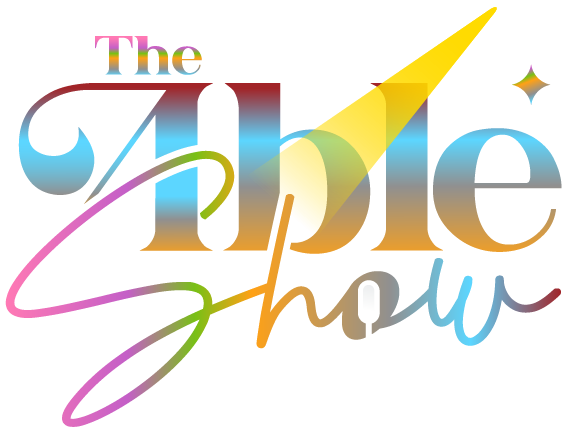The Middle Ages marks a profounding time for European culture as a whole. For centuries, this period has been debated, romanticized, and even replicated to the modern times. It’s even gone as far as to inspire the most well-known books of the 20th century; “The Lord of the Rings” by J. R.R. Tolkien. To this day, this three-book novel has been imprinted in the minds of the people of today as to what life in the Middle Ages was like. But how are some of the events within this fictional fantasy connected with the actual time period?
The Western Roman Empire.
To answer this, we need to look back at a time after the fall of the Western Roman Empire. What remained of this empire was scattered throughout the lands that would soon be called Europe, where many Barbarian tribes established their settlements. Soon after, pockets of those who still held on to the Roman ideals began to converge, which would eventually lead to the formation of their descendants: the Germanic People, whom we know today as the Germans. Once they settled on what remained of the old empire, they began to develop into a transformative society. Soon after, the people would be generally Christianized and mark the beginning of the Charlemagne Dynasty.
Inclusion Into the New Age
Moving forward to the height of the Middle Ages, a rapid growth took place for the people at this point in time, through cultural innovations, creative artistry, and, of course, territorial expansion. It was during this time when the Crusades were initiated by Pope Urban II, to not only expand their growing establishment, but to also capture the holy city of Jerusalem from those of the Muslim faith. No doubt the Middle Ages were a time of great establishment for the people of Europe, but what about those who have physical or mental impairments? The reactions towards people with said challenges were quite mixed, in all honesty. Despite being quite common among the simple folk, some saw them as a result of Sin, punishment through deformation either from birth or years of hard labor, while others believed that they are closer to God, suffering through purgatory on earth, rather than in death.
There were no provisionary to provide for these wayward souls in that time and would often play the role of the Fool or “Jester,” as they were called. But that didn’t stop them from living out their daily lives to the fullest. Some specialized hospitals were created to tend to their needs, while the remainder of those special individuals would go on pilgrimages to holy sites, such as the shrine of Thomas Becket in Canterbury some time in the late 1200s. The final days of the Middle Ages ended in decline as a result of numerous wars, famine, and disease. The end of the Middle Ages soon gave rise to a cultural revival in Europe’s history: the Renaissance.
Legacy of the Ages
Much of the events during this time period are still being uncovered and debated to this very day by scholars. But one thing is certain: the Middle Ages has inspired many to create worlds and stories based on this period of human history. Even now, that time period’s influence can be felt through numerous festivals and stories being told in writing and song, and shall not be forgotten by the people who are inspired by the changes that transpired in the Age of Iron.
https://theableshow.com/the-middle-ages-a-time-of-cultural-growth
To read more valuable content like this, visit https://theableshow.com/blog or watch our groundbreaking podcast at https://theableshow.com/ourpodcast.
Check out our parent and partner sites at https://polishingtheprofessional.com and https://dreammagicstudiosla.com.
https://historicengland.org.uk/research/inclusive-heritage/disability-history/1050-1485
https://www.britannica.com/topic/history-of-Europe/The-idea-of-the-Middle-Ages
https://www.illustrationhistory.org/history/time-periods/the-middle-ages
